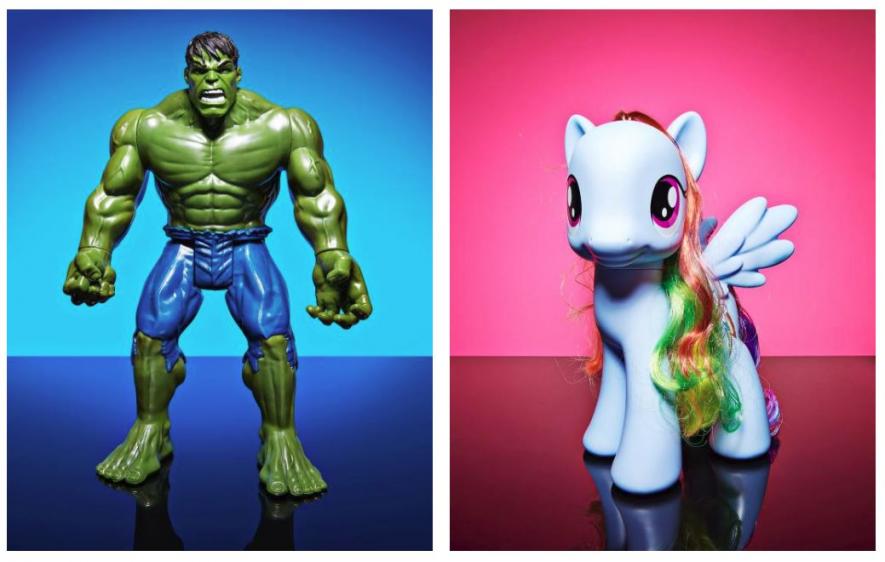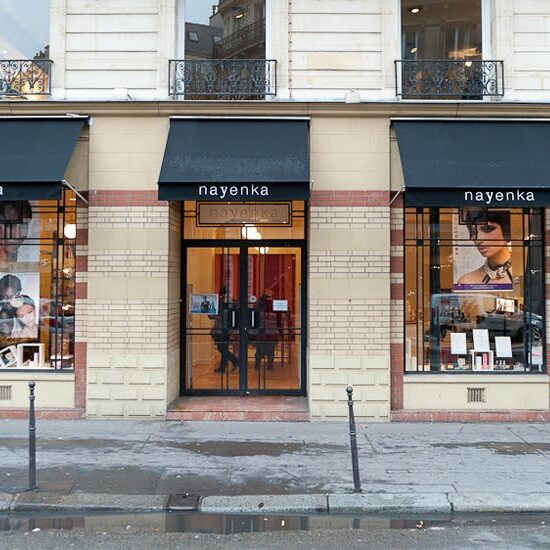
Girls and Boys at School: Gendered Toys, Cultural Leisure and Gender Differentiation
The cultural leisure activities that children perform in play are central to the development of their identity. Gender differentiation, implemented by children in their cultural leisure activities, allows them to confirm themselves as a girl or boy in their culture. And gender has an influence on how girls and boys use their leisure time. Despite the current evolution of our society towards a greater homogenisation of gender norms, some differences are fading but others are still detectable. In 2005, a study was made across one year of boys and girls aged between 6 and 11, examining how they used toys and participated in leisure activities.
The World of Toys and Games

Toys and games, which are fundamental aspects of children’s culture, remain instigators of sexual differentiation. Through the use of toys, children appropriate the gender differences that characterise our society.
The majority of girls and boys do not play in the same leisure activities and their preferences are a consequence of their gender distinction. In practical terms, girls show a strong preference for doll games, board and strategy games, and toys, in conjunction with writing and drawing. The dimension of attraction within their playful activities is also predominant (e.g. make-up palettes). Boys, on the other hand, move towards more scientific, technical, and manual toys.
The toys and games of girls and boys belong to different dimensions. For girls, the dimension of attraction, appearance, femininity, maternalism and domesticity are predominant. Make-up palettes, jewellery, hairdressers, dolls, nurseries, strollers, miniature kitchens and household items bear witness to this. In addition, girls’ games take place mostly indoors.
Conversely, among boys, the dimension of masculinity, war, and travel are notable. Figures depicting “manly” men (such as Action Man and Powers Rangers), weapons (pistols, swords, rifles, bows), trucks, motorcycles, helicopters and even cars are seen.
In addition, boys’ games, unlike girls’, are mostly outdoors, contributing to the construction of an outdoor culture related to the masculine.
“Dolls are really a girl’s thing”
Girls and boys are also aware that some toys are generally intended for them according to their gender, with respect to the categorisation of games defined as masculine or feminine: “Dolls are really a girl’s thing”
However, the gender socialisation process applies more to boys than to girls. In practical terms, boys are more in line with gender territories in the choice of toys than girls. Aware of gender diktats, they are less likely to appropriate or prefer toys of the other sex. In addition, many boys refuse to play dinner or dolls because they do not want to be mocked. Moreover, if a boy is willing to play with “girl” toys, his peer group will tell him, with more or less force, that this is not the order of things. Male peers therefore lead boys into a normative universe that leaves little room for the expression of a difference.
Unlike boys, girls adapt more easily to games and toys connoted as masculine. As a result, preference and appeal for toys attributed to the other gender are more frequent and more pronounced in girls than in boys. This is partly explained by the promotion of masculinity in our society. Through the use of toys and games connoted as masculine, all indications are that girls want to become boys, and adopt the range of values associated with them. For girls, there is no shame in loving boys’ toys. The opposite situation is not the same – for boys, playing games that relate to the women’s role is a demeaning and degrading activity. They despise the dreary decorations and servile activities offered by domestic toys – the latter not being socially recognised as belonging to their gender group. In our society, where we believe we tend towards gender equality, in fact children are moving towards the masculinisation of girls and not towards the feminisation of boys.
“Space skills are part of the explanation for the under-representation of women in science and technology.”
The toys children play with have an impact not only on how they see themselves and on what skills they learn, but also on how their brains physically develop. Gendered toys can induce conditioning, which may not be without impact on the subsequent choice of school orientation and job. A 2015 study found that boys are more likely than girls to play games that develop their spatial intelligence – construction, puzzles, Lego. Boys also seem to play differently. According to a 2012 study by Susan Levine, a professor of education and psychology at the University of Chicago, boys choose to play with more complex puzzles and get encouragement from their parents. The parents in question are more likely to use words that promote spatial thinking – big, tall, edge, up, and down – when their children play with more difficult puzzles. These distinctions can shape the social construction of these children: “Space skills are part of the explanation for the under-representation of women in science and technology,” says Jirout. Informal activities such as play are essential to the development of spatial skills, which she believes are not only important for mathematics and science, but also for what we call the “executive function” that allows children to build trust in specific topics.
This is why some psychologists argue that this can explain why certain professions are so male-dominated.
Toys assigned to girls lead to the occupations of secretary, nurse, cashier, and beautician, while for boys: researcher, computer scientist, pilot. According to research published in December 2016 by the British-based Institution of Engineering and Technology, “stereotypical Christmas gift lists” could help divert girls from engineering and technology trades. Boys are three times more likely to receive a toy related to “science, technology, engineering and mathematics” at Christmas.
Girls and Boys in Their Investment in Sports Practices

The vast majority of boys and girls differ in their investment in sports practices. There are strong differences between genders, both in terms of the degree of involvement in sports activities and in the types of sports chosen.
In practical terms, girls are less involved in sports, and when they practice a sports activity, they opt mainly for sports with dominant aesthetic and artistic values such as dance, ice skating, and gymnastics, which emphasize grace, beauty and elegance – qualities labelled as female. They also focus on animal-related sports. The practice of horseback riding testifies to this. These activities highlight above all qualities considered above all as feminine, such as agility or grace. However, not all girls embrace these sports. Some girls do not reject the sports that are not congruent with their gender identity, especially those that fall within a combat logic.
Boys, on the other hand, are more involved than girls in sports. In fact, the majority of them turn to team sports that focus both on cooperation with others and on antagonism towards another group, and sports of antagonism that require individualism and a spirit of face-to-face competition.
As a result, boys lean towards sports where competition dominates. They are looking for activities where a hierarchy can be established, where there is a victor and a vanquished. For them, the goal of these clashes is to prevail over the other: to be a winner gives them a sense of accomplishment. Confrontations with others thus contribute to a culture of virility and allow a positive male image to be forged. “What interests me when I’m competing is to win, to be the best, the boss”
Moreover, because peer-to-peer relationships play a role in the formation of gender identities, the practice of collective sports also plays an important socializing role in gender, with sport remaining a central vehicle for virile socialization.
In addition to team sports and antagonism, which are important supports in both socialization and competition, boys also focus on endurance sports that focus on physical effort, and adaptive sports that require skill and a good dose of adaptation to a changing environment. Boys have the will to control their bodies, which is achieved especially in the social field of performance. They are in a search for self-bodied, self-assertion which runs through the challenge.
For boys, who practice an intense sport, they, therefore, enjoy sports that allow the emulation of the control of their body, the satisfaction of a shared rivalry and the affirmation of virility. Thus, unlike girls, the body is not aestheticized for boys in sports activities. However, this should not lead to the assumption that all boys are disinterested in sports dominated by artistic and aesthetic values. Indeed, they may still possess a strong aesthetic and artistic relationship to their body.
The gender of children is strongly at stake in the construction of their tastes and choices in the field of cultural leisure.
However, their preferences are not natural but the result of social conditioning starting from their birth. As more and more parents push back against gender stereotypes, retailers around the world are beginning to feature more gender-neutral marketing and gender-neutral products. Are we moving toward a gender-free society?






